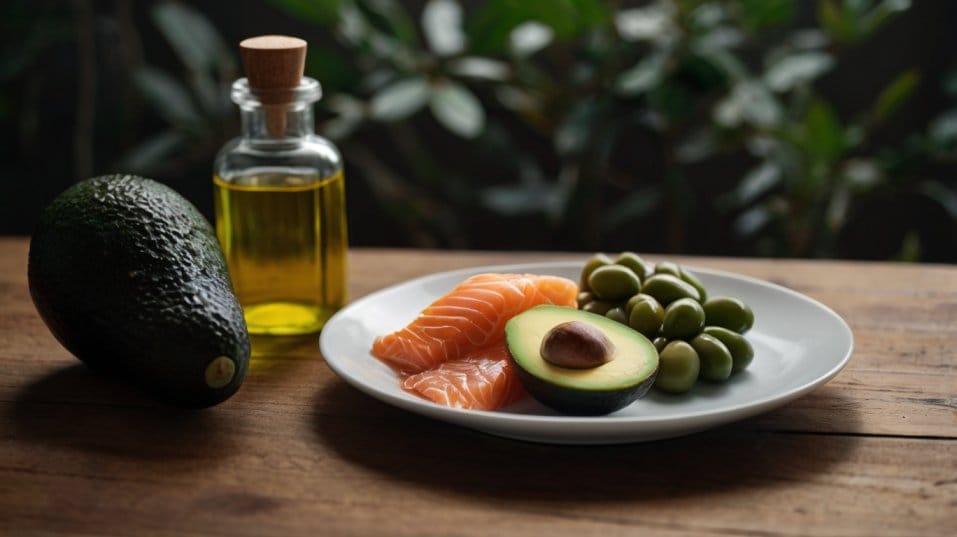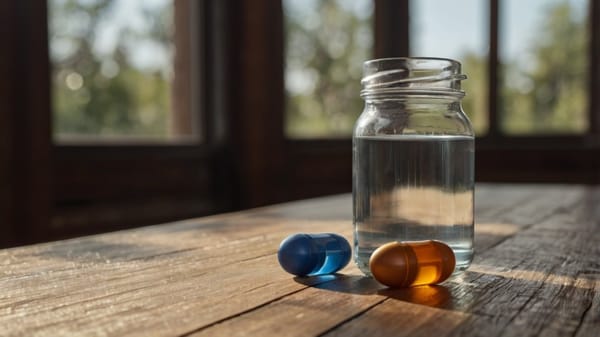Timing Matters: When to Take Vitamin K2 for Max Results
Learn the best time to take Vitamin K2 for real results. Boost bone strength, support heart health, and get more from your daily dose.

Ever wonder if you're taking your supplements at the wrong time—and missing out on the real benefits? Vitamin K2 might be the quiet key to stronger bones and cleaner arteries, but only if you use it right.
Taking it at the wrong moment (or without the right food) could make it practically useless. Here’s how to time your K2 so your body actually puts it to work—no guesswork, no wasted effort.
Why Vitamin K2 Deserves Your Attention
Most people have heard of calcium and Vitamin D. K2? Not so much. But here’s the deal: without K2, calcium can end up in the wrong places. Like your arteries. That’s where things go sideways when calcium isn’t properly directed.
K2 activates a special protein called Matrix GLA that tells your body, “Hey, get that calcium out of here and move it to the bones.” Without enough K2, that calcium has no map.
And that’s when buildup starts—exactly what you don’t want happening if you care about long-term health. If you're taking Vitamin D3, calcium, or a multi without pairing it with K2, you’re only doing half the job.

The Best Time to Take Vitamin K2
Take it with your largest, fattiest meal of the day. That’s the real unlock.
K2 is fat-soluble, which means it needs dietary fat to be absorbed properly. No fat? Your body won’t take it in. And that means no results—no improved bone density, no clean arteries, no cardiovascular support.
Morning, afternoon, or night?
Doesn’t matter—meal content matters more than clock time. If breakfast is your biggest meal and includes eggs, avocado, or olive oil, take your K2 then.
If dinner is your main meal, that works too. Just make sure it’s not with a low-fat snack or shake.
How to Pair K2 with Other Supplements
K2 is good on its own, but it shines when stacked with the right partners. Here’s how to make it part of a smart supplement routine:
1. K2 + Vitamin D3
This combo is non-negotiable if you care about bone health. D3 helps your gut absorb calcium. K2 directs where that calcium ends up. Together, they form a complete system.
Take them together, at the same meal, with fat. If your D3 supplement doesn’t include K2, just grab a standalone K2 capsule and stack it.
2. K2 + Magnesium
Magnesium helps convert Vitamin D into its active form and supports over 300 functions in the body—including calcium transport. Think of it as the third leg of the stool.
You can take magnesium at a different time if needed, especially if you use glycinate or citrate forms before bed. But pairing them once a day with food works fine too.
3. K2 + Omega-3s
This is for anyone focused on arterial health, inflammation, and longevity. Omega-3s like EPA and DHA support heart function and lower inflammation.
K2 prevents calcium from hardening arteries. Together, they’re a smart stack for keeping things flowing as they should. Fish oil is also fat-rich—so it helps with K2 absorption, too.
Can You Take K2 on an Empty Stomach?
In a word? No. aIf you fast in the mornings or skip meals, don’t waste your K2. It needs fat to be absorbed, period. No exceptions.
If you're doing intermittent fasting, just take it with your first full meal—ideally one that breaks your fast with quality fats. Think salmon and greens, avocado toast with eggs, or even a clean protein smoothie blended with nut butter or coconut oil.
Should You Take K2 at Night?
You can—if your dinner includes fat. K2 doesn’t interfere with sleep, so if your evening meal is your largest (and includes healthy fats), it’s a great time to take it.
Consistency is more important than timing. Pick the meal that works best with your lifestyle and stick to it. Your body thrives on rhythm.
How Long Until You See Results?
K2 isn’t a quick fix. This is about long-term upgrades—stronger bones, cleaner arteries, and steady support for your body over time.That said, people who consistently take K2 with D3 often report:
- Better dental health (teeth are part of your skeletal system)
- Fewer leg cramps (especially when magnesium is in the mix)
- Increased joint comfort over time
- Peace of mind knowing you're actively protecting your arteries
But remember—consistency is the real supplement.
What to Look for in a K2 Supplement
A few quick pointers:
- Look for MK-7, the most bioavailable form of K2
- Go for 100 to 200 mcg per day for long-term support
- If you’re already taking D3, check if it includes K2; if not, stack them manually
- Capsule, softgel, or combo—it doesn’t matter, as long as it’s with a fatty meal
Final Thoughts
If you’re serious about staying strong long-term, Vitamin K2 belongs in your routine—especially if you're already taking D3 or calcium. But don’t just add it to your supplement graveyard. Make it work for you.
Start today. Take your K2 with your next full meal—one with fat—and keep it going daily. Stack it smart. Keep it simple. Your bones, heart, and future health will thank you.
Your next decade depends on what you do today. Let this be one of those easy wins.




